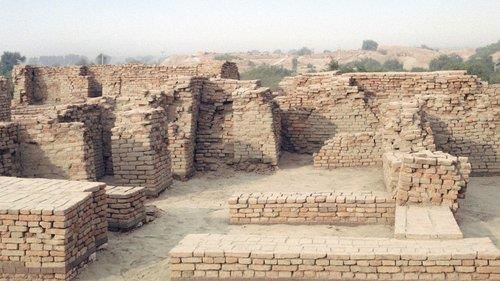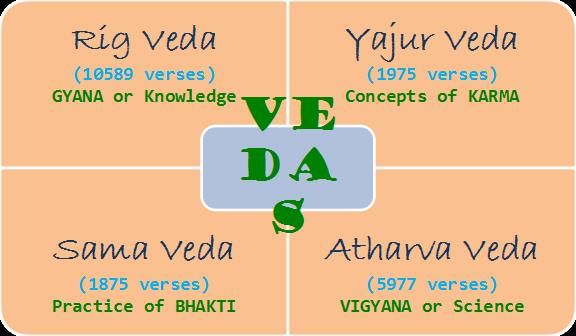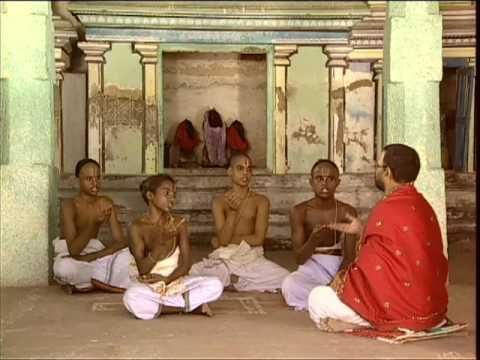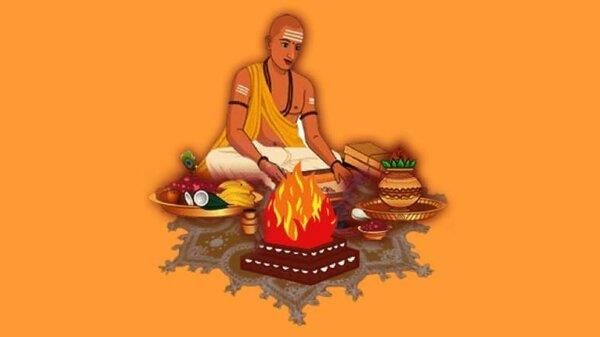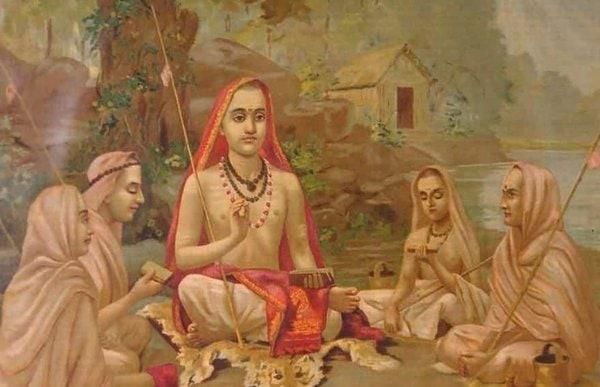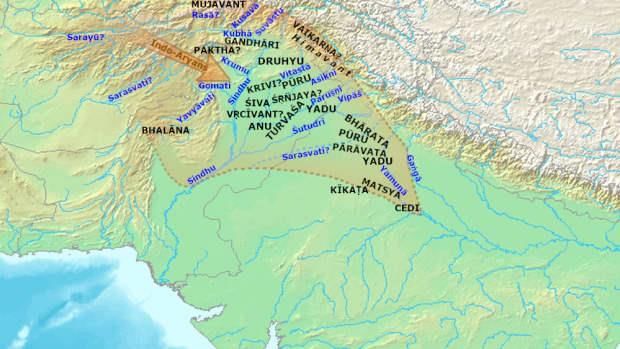|
What are the two main components of Indian culture as described in the introduction? |
Card: 1 / 34 |
|
The two main components of Indian culture are its common traditions (roots) and its diverse parts such as art, literature, science, medicine, religion, governance, and martial arts (branches).  |
Card: 2 / 34 |
|
True or False: The Indus Valley civilization is believed to be the starting point of Indian culture. |
Card: 5 / 34 |
|
Fill in the blank: Many different schools of thought in India have contributed to its unique ___. |
Card: 7 / 34 |
|
Schools of thought allow groups of people to share similar ideas about life and the world, contributing to the diversity and depth of Indian culture. |
Card: 10 / 34 |
|
Fill in the blanks: The Vedas were primarily composed by ___ and ___ in an early form of Sanskrit. |
Card: 13 / 34 |
|
'Truth' was considered very important in the Vedic worldview, often regarded as another name for God, emphasizing unity among people. |
Card: 16 / 34 |
|
Riddle: I am the oldest sacred text of India, containing thousands of hymns, and my name means 'knowledge' in Sanskrit. What am I? |
Card: 17 / 34 |
 Unlock all Flashcards with EduRev Infinity Plan Starting from @ ₹99 only
|
|
Fill in the blank: The Rig Veda is believed to have been composed between the ___ and ___ millennium BCE. |
Card: 19 / 34 |
|
Multiple Choice: Which of the following deities is NOT mentioned in the Vedic hymns? A) Indra B) Agni C) Zeus D) Sarasvati |
Card: 21 / 34 |
|
Vedic chanting was recognized by UNESCO in which year as a significant part of humanity's oral heritage? |
Card: 23 / 34 |
|
True or False: The rituals known as yajna were aimed at various deities for personal or communal benefits. |
Card: 25 / 34 |
|
Fill in the blank: The Upanishads expanded on Vedic ideas and introduced the concepts of ___ and ___. |
Card: 27 / 34 |
|
What philosophical perspective suggests that everything is one divine essence known as brahman? |
Card: 29 / 34 |
|
Fill in the blank: The Rig Veda mentions over ___ clans associated with specific regions. |
Card: 31 / 34 |
|
Fill in the blank: A common prayer reflecting interconnectedness in the Upanishads begins with 'sarve bhavantu sukhinah,' which means 'May all creatures be ___.' |
Card: 33 / 34 |





